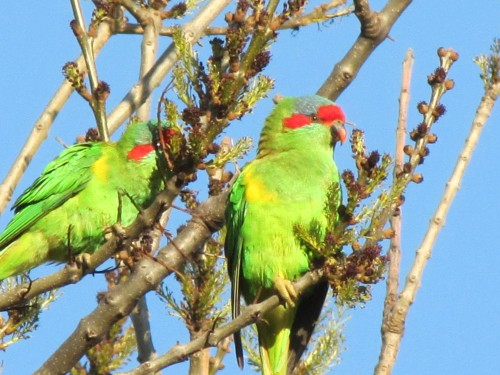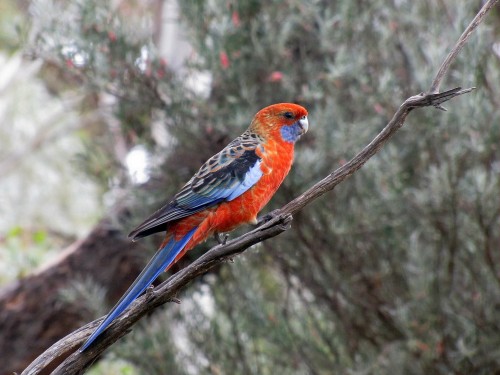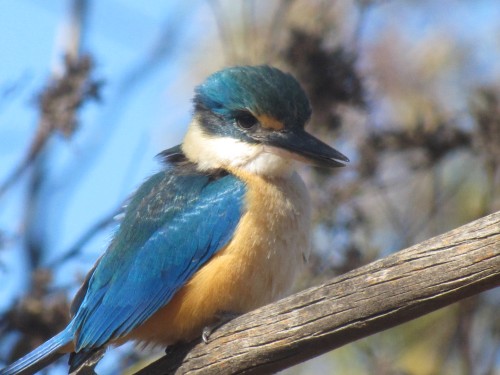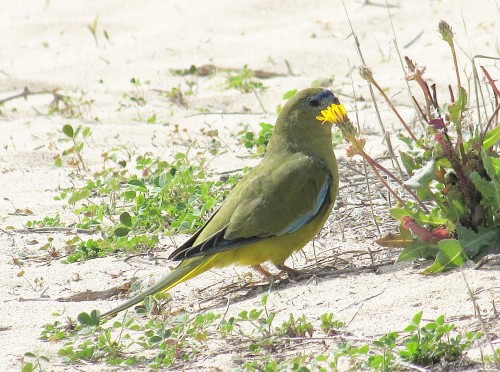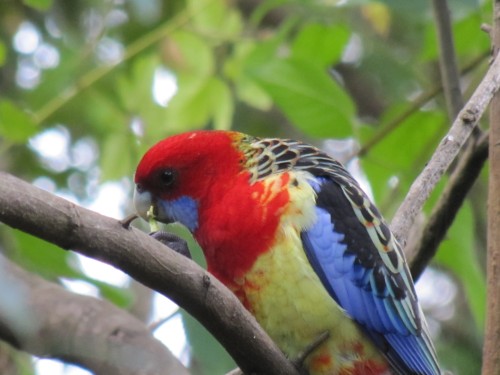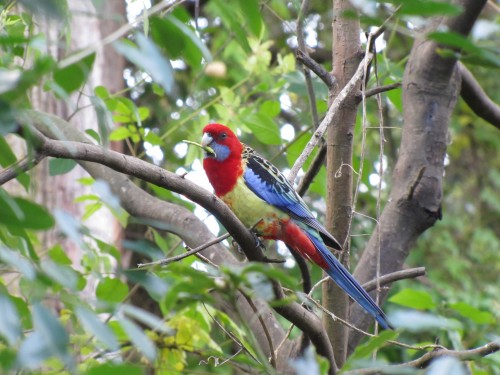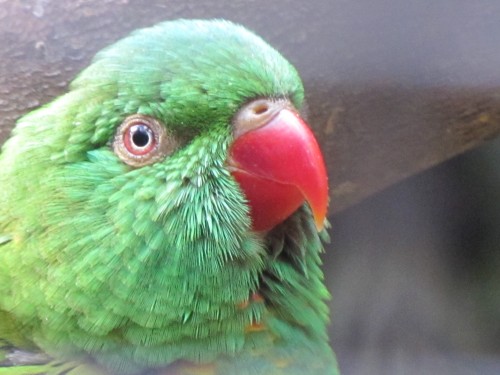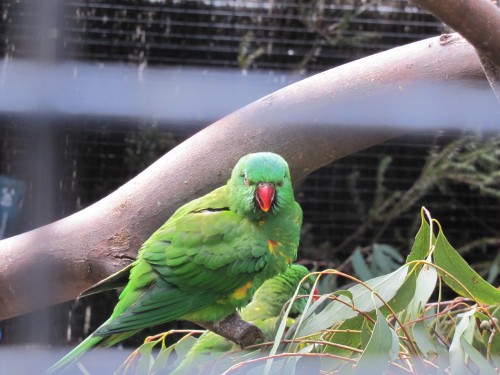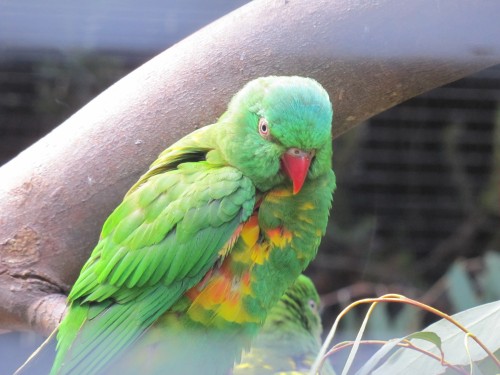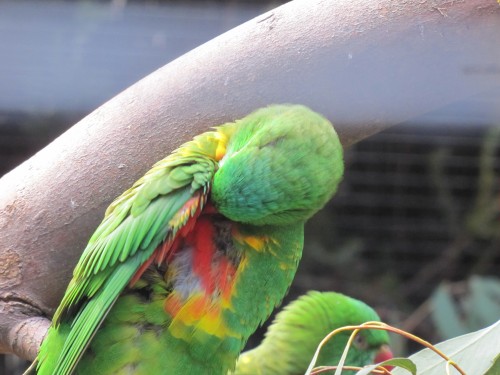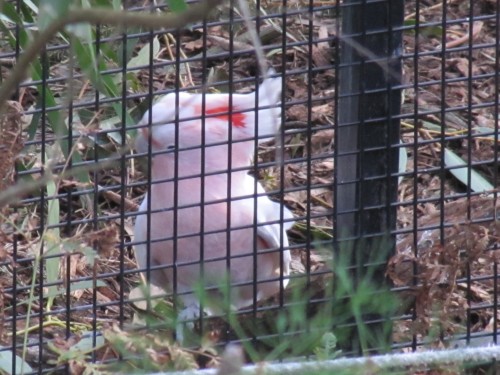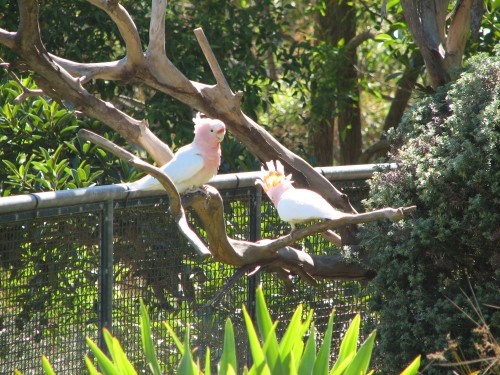Happy Christmas and good birding
I hope that all of my readers have a safe, wonderful and joyous Christmas.
I will be spending the day quietly at home with immediate family, probably reading some books I received for my birthday recently and trying not to eat too much while still enjoying the occasion. The day here in South Australia promises to be quite pleasant – not too hot and not too cold. We are in the middle of summer, and we’ve already had many hot days.
Birds and hot days
Speaking of hot days – don’t forget to give the birds in your garden a treat for Christmas. Replenish the water in their bird baths and they will have a great day too. Seeing all the birds coming for a drink or a bathe is an added bonus if the bird bath is easily seen from the house.
Looking ahead
Apologies to all of my regular readers. I haven’t posted much here recently and over the course of the year. I have had many challenges regarding my health but in cooperation with my doctor we are gradually getting on top of these issues. I am planning a great year of sharing my bird photos and my birding experiences in the New Year. I also have some exciting developments to share here on this site.
Happy Christmas – and Happy Birding.
Sewage plants and parrots
What does a highway, a sewage plant and an endangered parrot have in common?
Not much if you think about it – except if the bird in question is an Orange-bellied parrot.
Although I have been birding in the places where this very rare and beautiful bird spends its winters, I have yet to observe one in its natural environment. They spend their winters along the southern coast of Victoria and the south eastern coast of South Australia, including the Coorong which is just over an hour’s drive from my home. In the summer months the little population flies over the wild and stormy Bass Strait to Tasmania where they breed.
When I say “little population”, latest counts suggest that as few as 75 individual birds exist in the wild. That is is getting perilously close to extinct.
So what about that question I posed at the beginning? To answer that question you need to read an interesting article called “A highway, a sewage plant and an endangered parrot.” One very interesting fact I learned from the article is that the Orange-bellied parrot is one of only two parrots world wide which migrate.
I don’t have a photo of an Orange-bellied Parrot – not even of one in a zoo – but below I have included a photo of a very similar species, the Rock Parrot. You will just have to imagine an orange patch on the belly!
The beautiful Eastern Rosella
Earlier this year my wife and I had a day visit to the Lane Cove National Park. We were visiting our family for a few weeks and on this occasion we were free from grandparent duties.
Lane Cove National Park near Chatswood north of the Sydney CBD and is only about 15 minutes drive from my son’s home, so visiting is quite convenient. We went on a weekday, so there were only a few people around. Lunch time walkers, runners and cyclists made up the majority of visitors to the park.
As we were about to eat our lunch I noticed an Eastern Rosella fly in to a nearby tree. I steadily walked to within camera range and managed several good photos. Every time I see this species I marvel at the wonderful combination of colours.
Eastern Rosellas are quite common in the eastern parts of Australia. They are also present in the south east of South Australia and were introduced to the Adelaide region. We occasionally see one in our garden at Murray Bridge. It keeps company with the local Mallee Ringneck parrots. I’m not sure if this is a cage escapee or a case of their range steadily expanding.
Whatever the reason, we always enjoy seeing “our” rosella.
It that close enough for you?
This Scaly-breasted Lorikeet in one of the aviaries at the Australian Reptile Park made certain I managed a good photo of it up close. He posed in a number of different ways, squawking loudly as if to ask how it looked.
It is getting photos like this one that I like visiting zoos, and especially zoos with aviaries. While it is great if the zoo has walk-through aviaries, I have proved that one can take reasonable shots through the wires of the cage. Sometimes you just get lucky – like on this occasion – and the bird poses really well.
Scaly-breasted Lorikeets are found along the coastal regions of eastern Queensland and in north-east New South Wales. It is a species I have yet to observe in its natural environment – another reason for getting photos in a zoo. I think I am well overdue for a trip to Queensland.
This is not what I wanted
The Major Mitchell Cockatoo has to be one of Australia’s most beautiful birds. I also do not yet have a great photo of this species. The individual shown in today’s photo was in one of the aviaries at the Australian Reptile Park, near Sydney. Just seconds before I took this photo it had its crest up. I waited and waited, but it didn’t lift the crest again and we had to move on.
I think I will have to camp out on the farm where I grew up. That is where I last saw this species in the wild, but I was too slow with my camera before they flew off. You can see several other photos of captive birds here.
The photo below I took of two cockatoos during the Bird Show at Taronga Park Zoo some years ago. These are trained birds, not wild ones.
